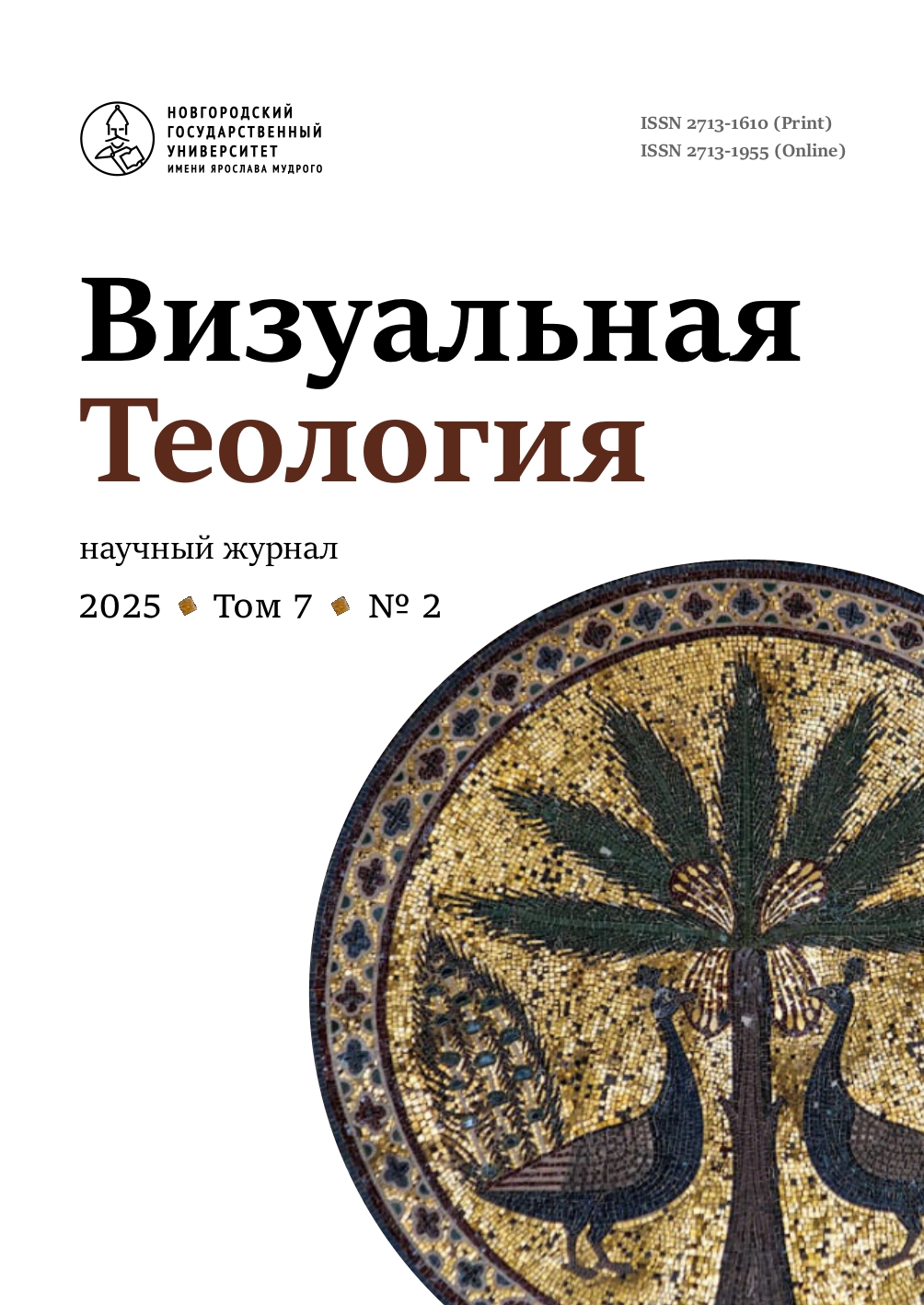Religious art and museum representation: historical aspects, challenges and prospects
Abstract
The study is devoted to the practice of museum representation of religious values and the discourse associated with it. Museum activities represent a complex process of rethinking the historical past, shaping cultural identity, and updating value strategies and narratives sought by society. The museum functions as a field of interaction between various institutional actors, memory communities, and media platforms, reflecting its role in the construction of sociocultural meanings. An important aspect of museum practice is assessing the potential of church institutions claiming responsibility for the preservation of religious works of art. This involves critically examining their organizational, financial, technical, and scientific resources necessary to ensure the comprehensive study and public display of these objects. Each such case requires tailored solutions that consider both spiritual and religious as well as cultural and museum-related parameters, as well as the balance between the educational mission of museums and respect for tradition. In this regard, a discourse analysis of the statements of one of the leading figures in Russian cultural policy, M. B. Piotrovsky, is important. He emphasizes that sacred meaning today prevails over artistic value. The study revealed dynamic processes transforming the status of museums in society, redefining key concepts such as heritage, preservation, and cultural appropriation. Thus, the object of this research is the formation of a complex discourse that intertwines aspects of cultural policy, museum scholarship, religious studies approaches, and ethical norms. Analysis of this problematic allows us to understand the mechanisms of cultural representation of religious heritage and expand our understanding of the role of the museum as a space for dialogue between the sacred and the secular. The contemporary discourse on the museification of religious objects is at the intersection of several key issues: the balance between preservation and accessibility, the interpretation of the sacred context in the secular space of the museum, and the place of the individual as a subject of religious and cultural experience within the context of a church and museum. The discourse under study is influenced by globalization and digital processes, as well as changes in public consciousness. These factors influence the formation of public perception of heritage, as well as the methods and strategies of its preservation, scientific analysis and popularization, emphasizing the need to adapt museum practices to modern challenges and socio-cultural expectations.


